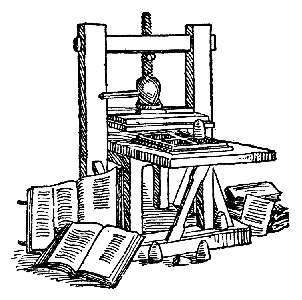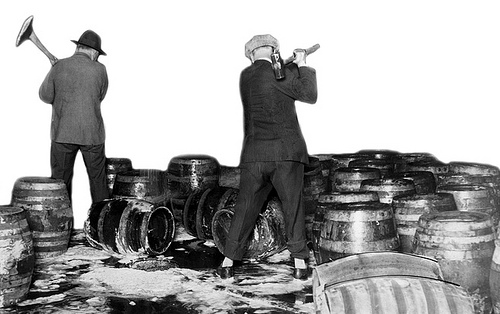The Evolution of Consciousness and SocietyThe journey from the simplest particles to the complex minds and societies we see today is a fascinating tale of increasing complexity driven by thermodynamics and the continuous input of energy from the sun. This process, characterized by the formation of feedback loops and the accumulation of information, has led to the emergence of consciousness and the development of advanced societies. Let's explore this evolutionary path step by step.
1. Basic Sensory Perception
The story begins with the formation of fundamental particles and forces following the Big Bang. As the universe cooled, simple atoms and molecules formed, eventually leading to the creation of stars and planets. On Earth, the presence of a heat source—the sun—provided the energy necessary for chemical evolution. Simple sensory receptors emerged in early organisms, allowing them to detect changes in their environment, such as light, temperature, and chemical signals.
2. Reflexive Responses
As organisms evolved, they developed more complex nervous systems that enabled reflexive responses to stimuli. These automatic reactions, such as pulling away from a hot surface, helped organisms avoid danger and seek out resources, enhancing their chances of survival.
3. Memory Formation
The ability to store and recall past experiences marked a significant evolutionary advancement. Memory formation allowed organisms to learn from their interactions with the environment, adapt to new situations, and improve their survival strategies.
4. Feedback Loops
With the development of feedback loops, organisms could process sensory information more effectively. These loops allowed for continuous monitoring and adjustment of responses based on past experiences and current conditions, leading to more sophisticated behaviors.
5. Pattern Recognition
Recognizing patterns in sensory data provided a significant advantage. Organisms could anticipate future events based on past experiences, leading to more strategic decision-making and problem-solving.
6. Meta-Awareness
Higher cognitive functions, such as meta-awareness, emerged. This involved reflecting on one's own thoughts and experiences, recognizing long-term patterns, and making decisions based on broader contexts. Meta-awareness allowed for purposeful navigation and planning, further enhancing survival and adaptation.
7. Purposeful Navigation
With advanced awareness, organisms could navigate their environment with intent. This involved planning movements and actions based on understanding and categorizing sensory experiences, leading to more effective hunting, gathering, and avoidance of predators.
8. Complex Social Interactions
The development of social behaviors and communication marked another significant evolutionary step. Organisms began to form complex social structures, cooperate, and share information, leading to the emergence of culture and collective awareness.
9. Language and Communication
The evolution of language allowed for the transmission of complex information between individuals. This enabled the sharing of knowledge, coordination of actions, and development of social norms, further enhancing the complexity of societies.
10. Collective Awareness
With the ability to communicate and share experiences, societies developed a collective consciousness. This collective awareness allowed communities to function as cohesive units, with shared knowledge, social coordination, and cultural evolution.
The Role of Thermodynamics
Throughout this evolutionary journey, the continuous input of energy from the sun has been a driving force. Thermodynamics, the study of energy and its transformations, explains how local complexity can increase over time with the addition of energy. The sun's energy has fueled the processes that led to the emergence of life, the development of complex organisms, and the evolution of consciousness.
The Future: Becoming Creators
As we continue to understand and replicate the processes by which consciousness arises, we have the potential to create new forms of societies and consciousness. This ability to harness energy and information to create complex systems mirrors the creative powers once attributed to the gods by ancient civilizations. By leveraging our understanding of thermodynamics and information theory, we can shape the future of humanity and our role as creators.
In conclusion, the journey from matter to mind to society is a testament to the power of thermodynamics and the continuous input of energy from the sun. By understanding and harnessing these processes, we can continue to evolve and create new forms of consciousness and societies, shaping the future in ways we can only imagine.


































